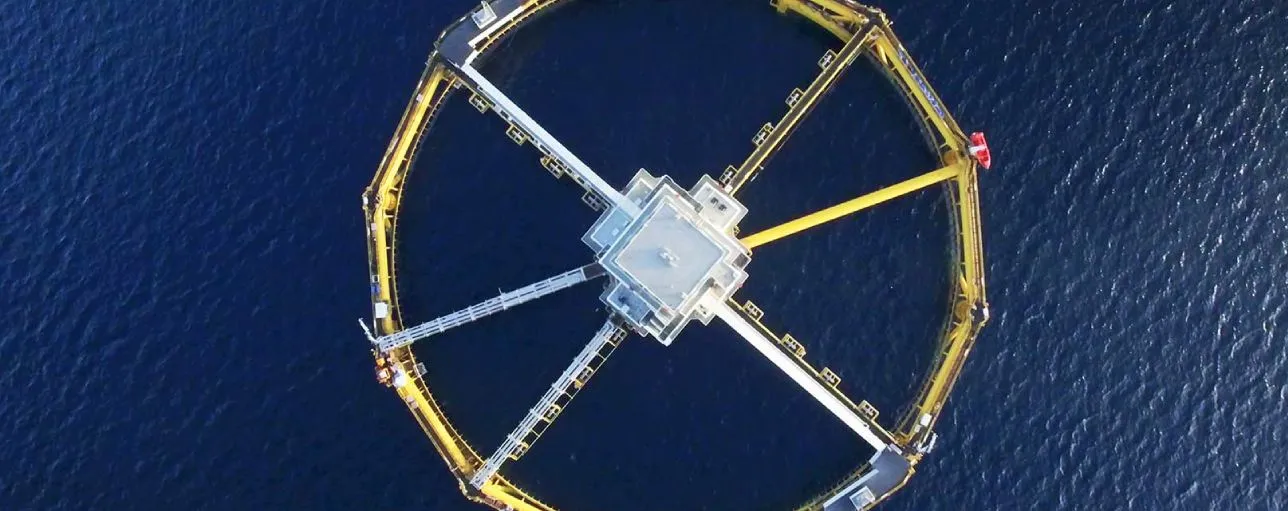Production of ‘farmed’ aquatic animals will more than double from 30 million tonnes per year (Mt/yr) liveweight now to 74 Mt/yr in 2050, according to the independent assurance and risk management company. DNV’s first Marine Aquaculture Forecast warns, however, that production will not meet demand in mid-century unless the industry tackles key sustainability barriers to growth by 2030.
Marine aquaculture could play a critical role in securing supplies of food for a global population that will exceed nine billion by 2050. The combined marine production of finfish (such as Atlantic salmon), crustaceans (such as prawns), and molluscs (such as oysters) in 2050 is expected to reach the current global output from capture fisheries, which is not expected to grow further.
Remi Eriksen, Group President and CEO, said, “This is the Decade of Ocean Science for Sustainable Development, and we are ever mindful of the fact that forecasting is not an exact science. However, it is a valuable tool for an industry that needs to navigate a difficult, but potentially very rewarding, passage between the goals of ocean health and ocean wealth.”
Concerns about environmental impacts, fish health, and competition for use of coastal and inshore waters will lead to new innovative production technologies for high-value finfish species gaining significant market shares.
DNV predicts that marine finfish production in deeper, rougher waters offshore will take a 13% market share in 2050 and land-based production of marine finfish a 10% market share, both from a very modest base today. Conventional marine fish farming maintains around 77% of the market in 2050.
Dr Bente Pretlove, Programme Director; Ocean Space, Group Research and Development, said, "Our modelling reflects that lower costs due to accumulated experience with new technologies will drive uptake of new fish-farming technologies. This will particularly take off in locations such as China, Europe and Latin America. Standardization of design and operation in advanced fish farming will be a prerequisite for the cost reductions in the longer run.”
“Population growth, rising living standards and dietary trends will fuel demand, but the marine aquaculture production will fail to meet this growth unless key sustainability barriers are tackled”, continues Pretlove.
DNV’s Marine Aquaculture Forecast will be followed later in 2021 by a more comprehensive Ocean Forecast for a broader set of ocean-related activities. “Individually and collectively, these forecasts represent timely additional insights into the ‘blue economy’,” Eriksen said.